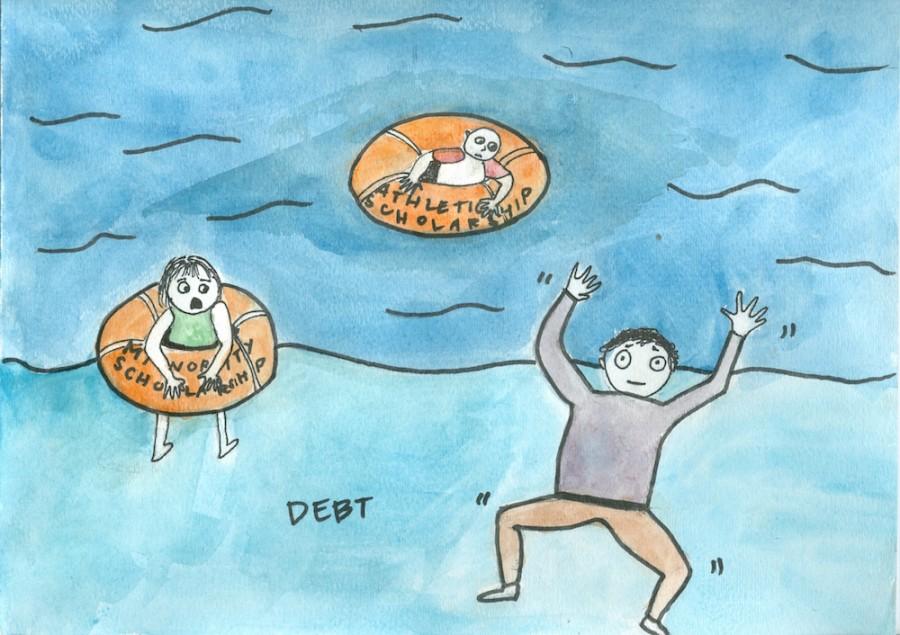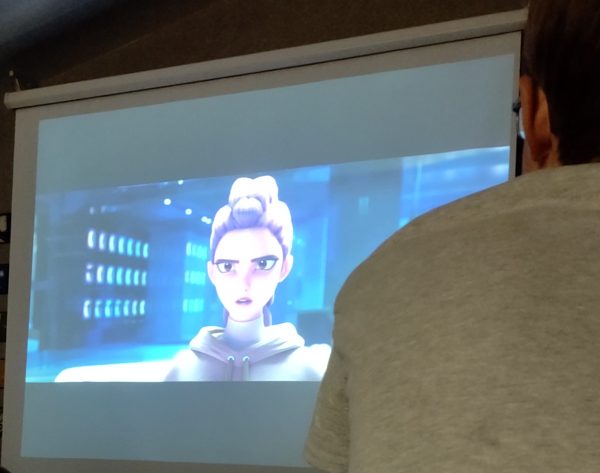Anybody can get money
February 10, 2016
“Welcome to the College Board’s Scholarship Search! Find scholarships, other financial aid and internships from more than 2,200 programs, totaling nearly $6 billion.” Euphoria is born.
Unfortunately, according to the National Association of Student Financial Aid
Administrators (NASFAA), roughly 85% of the money cited in this number is drawn from unused employer tuition benefits, which means that this money is generally unavailable to the generic high school student. ‘$6.6 billion in unclaimed scholarships’ is purely myth.
The remaining money refers to grants and scholarships offered by the government or private organizations. Euphoria dissipates and the general competition of meeting more requirements for need-based and merit-based awards elevates to a higher level.
Students flock apprehensively towards applications for bizarre scholarships such as the $2,500 offer from Duck Tape for “the best duct tape prom outfit,” or Jif’s $25,000 offer to whomever can make the “most creative sandwich.”
Others find a different coping mechanism, which reverts them into the turtle shell of doubt at the vision of any financial aid opportunities open before them. College adviser, Michael Daniel said about the intrinsic battle students often stress during scholarship applications,“They [think], ‘oh, I should apply for this scholarship, but this other person who is smarter than me is applying, too. So I won’t get it.’”
Daniel clears the air concerning this general insecurity, and provides advice in overcoming it. “Come talk to me,” he says, “apply for as many scholarships as you can, you never know what kind you are going to get.”
Also, major misconceptions revolve around the idea that scholarships are aimed towards racial minorities or extreme-achieving academics, and are thusly unavailable to ‘the average white male.’ According to an analysis done by finaid.org, 6.2% of all recipients of all private scholarships are Caucasian, and the real total of minorities receiving private scholarships are at 4.4%.
The scholarship game is still just as open as always, just not in the way previously conceived. Reality might not genuinely entail $7 billion dollars waiting for anyone to jump into like a ball-pit at Chuck E. Cheese’s, but the more one wills oneself to treat it as a search instead of a game, the more rewarding the prize.
An avid scholarship applicant herself, senior Vicky Nguyen explains the system behind a process of successful application, “[When] I see a scholarship I am interested in, I write it down,” she said. “I find the due date, I put them in a list, and whatever is due first, or which ever takes longer, I do first.” Nguyen then plays the waiting game, most results and acceptances arrive in March.





